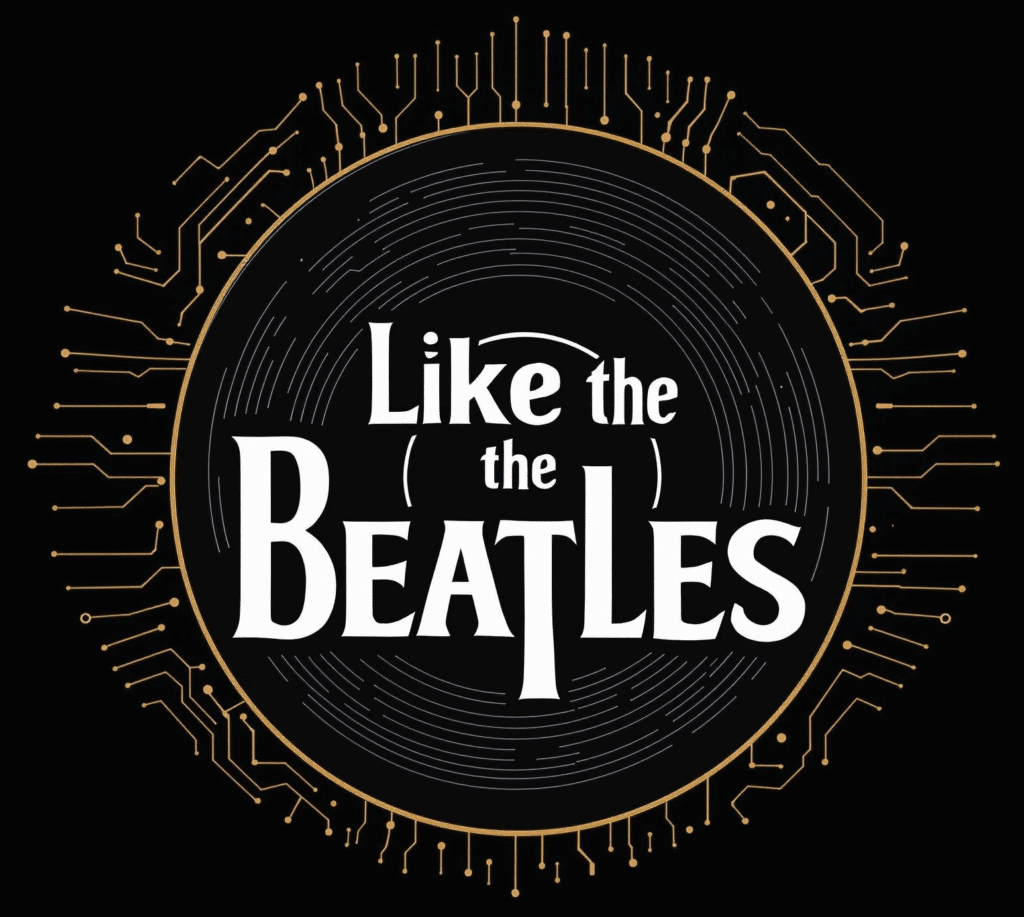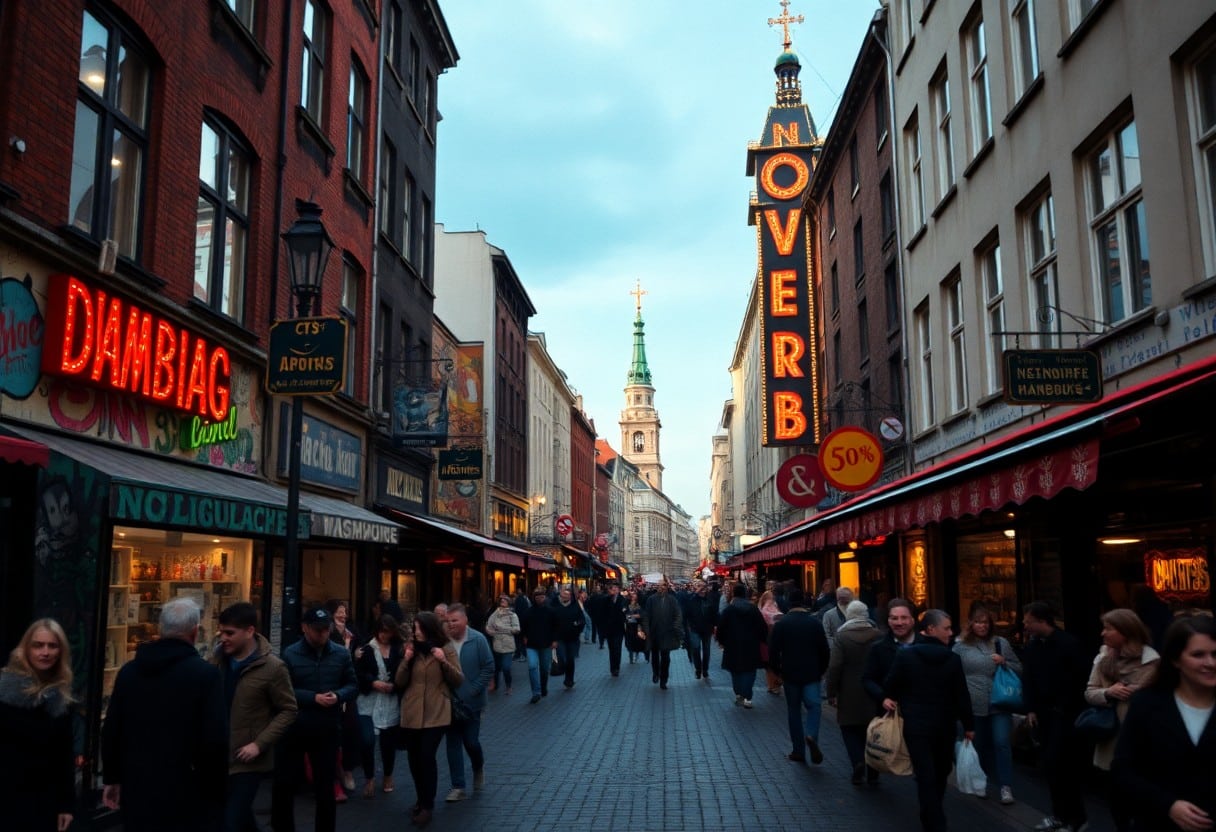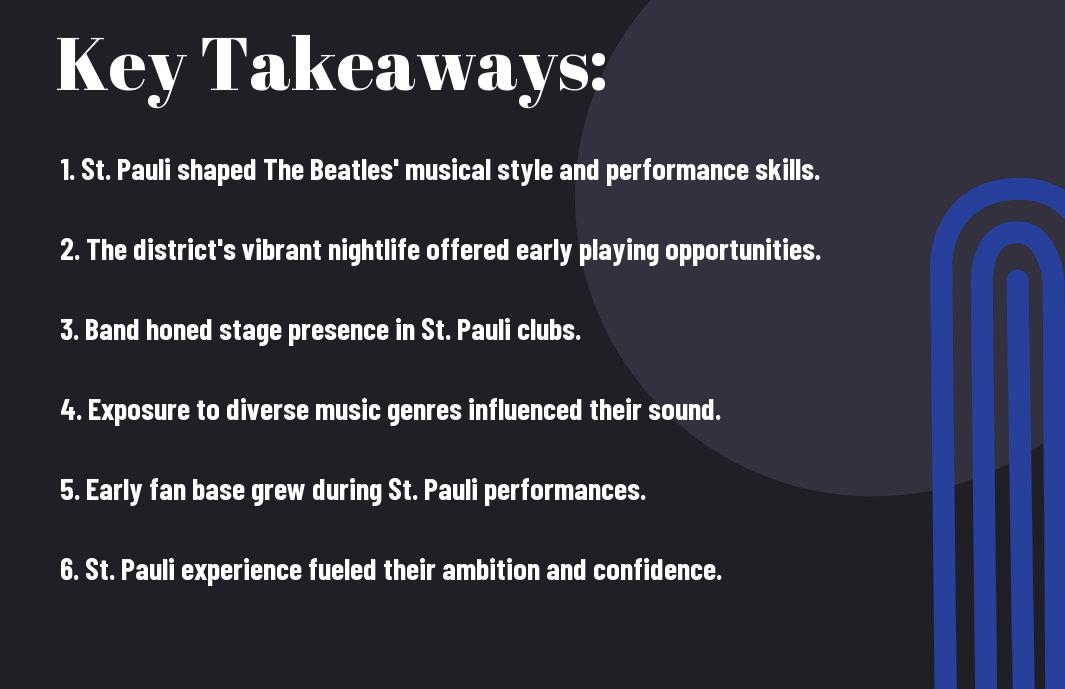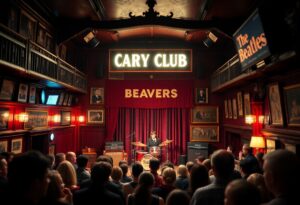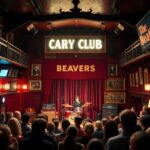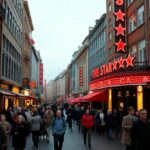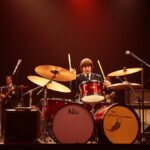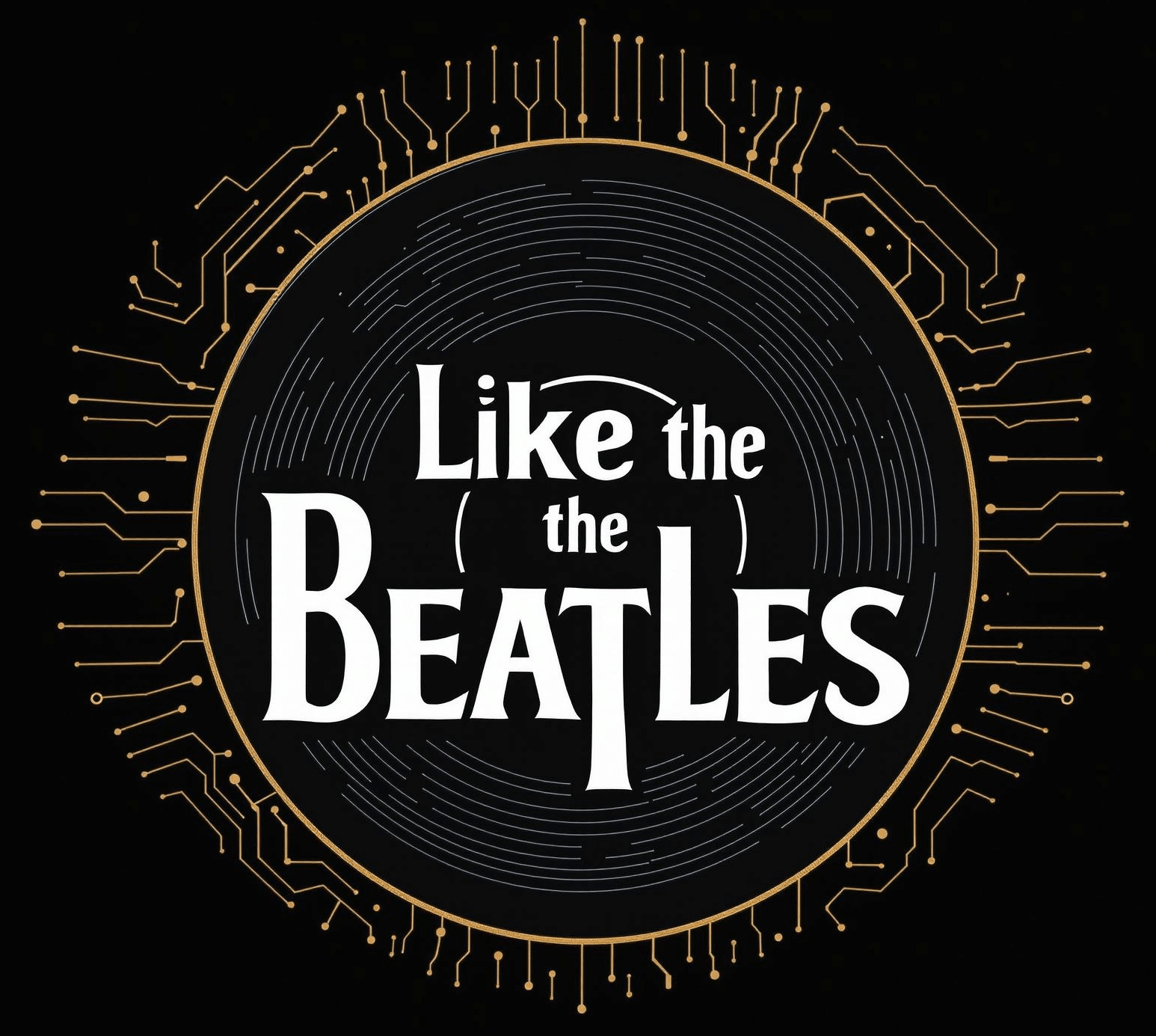Many people may not know that St. Pauli, a vibrant district in Hamburg, played a significant role in shaping The Beatles during their formative years. As I explore its lively streets, you will discover the dangerous nightlife and electric atmosphere that surrounded the band in the early 1960s. This area was not just a backdrop, but a driving force that polished their craft and introduced them to a myriad of musical styles and cultures. Join me on this journey to uncover how St. Pauli left an indelible mark on their history.
Historical Context of St. Pauli
Before the Beatles arrived, St. Pauli was a vibrant and chaotic district of Hamburg, known for its nightlife and diverse culture. This area was a melting pot of sailors, artists, and bohemians, serving as a backdrop for both the city’s historical struggles and its cultural renaissance. The post-war era witnessed a surge in creativity and rebellion, paving the way for a scene that would attract the young band and profoundly shape their music and image.
The Cultural Landscape of the 1960s
One of the most compelling aspects of the 1960s was the dynamic cultural scene that characterized St. Pauli. The streets pulsed with the energy of rock clubs, eclectic fashion, and a spirit of artistic experimentation. It was a time where experimentation flourished, making it a hotspot for the burgeoning music movement that would soon catapult bands like the Beatles to international fame.
Key Influences on The Beatles
At the heart of the Beatles’ transformation were the experiences they gathered in St. Pauli, which offered exposure to a broad array of musical styles and lifestyles. They encountered the electrifying energy of rock and roll, rhythm and blues, and the vibrant nightlife that encouraged them to push creative boundaries.
Considering the nightlife of St. Pauli, the Beatles were immersed in a world that embraced both danger and excitement. They performed in clubs like the Star-Club and met various musicians, which undoubtedly influenced their songwriting. The rawness of the district provided a stark contrast to their earlier, more sheltered lives in Liverpool. The bohemian lifestyle exposed them to new ideas and artistic collaborations that ignited their imaginations, setting the stage for their musical evolution and global success.
The Reeperbahn: The Heart of St. Pauli
There’s no doubt that the Reeperbahn is the beating heart of St. Pauli, where vibrant nightlife and rich history collide. I encourage you to explore this iconic avenue, home to a multitude of bars and clubs that once hosted The Beatles during their formative years. For an in-depth look at this captivating district, check out Schau and tell: visiting The Beatles’ Hamburg – Free as a Blog.
Nightclubs and Music Venues
By the time The Beatles arrived in Hamburg, the Reeperbahn was dotted with nightclubs and music venues that became their home away from home. Places like the Star-Club and Indra offered them the stage to experiment, hone their craft, and entertain eager crowds.
The Role of the Reeperbahn in The Beatles’ Development
Before heading to America, The Beatles spent countless nights performing on the Reeperbahn, soaking up the atmosphere and learning the ropes of live music. Their experience of playing lengthy sets fostered a relentless work ethic, and they quickly adapted to the local audience, earning their place in the hearts of many.
Another significant aspect of the Reeperbahn for The Beatles was the demanding environment they encountered. In this vibrant yet dangerous district, they faced the unfamiliar challenge of late-night shows, sometimes performing until dawn. The gritty atmosphere pushed them to improve rapidly, and they embraced the chaos around them, transforming those nights into unforgettable experiences. This unique journey through the Reeperbahn solidified their bond as a band and helped shape them into the legendary rock icons they would become.
Notable Venues That Shaped The Beatles
Once again, St. Pauli’s vibrant nightlife provided the backdrop for The Beatles’ formative years. The district was not just a hub for entertainment; it was where the band honed their craft and developed their signature sound. Each venue visited contributed to their evolution, offering unique experiences that fostered their creativity and resilience, crucial for their future success.
The Star-Club
Across the bustling streets of St. Pauli lies the legendary Star-Club, where The Beatles performed over 200 times. This intimate venue was vital in shaping their early style, allowing them to experiment with their music and connect with a diverse audience. The energy of the club and its patrons inspired the band’s raw sound, propelling them toward stardom.
Other Important Locations
Beatles’ experiences in St. Pauli extended to various locations that influenced their journey. Places like the Kaiserkeller and the Indra club were instrumental in providing the band with gigs that sharpened their performance skills and built their confidence. These early shows not only captivated local audiences but also cultivated a sense of camaraderie among band members, establishing the groundwork for their collaboration.
Shaped by the bustling atmosphere of St. Pauli, these important locations played a significant role in The Beatles’ early days. The Indra club was where they first gained recognition, and the Kaiserkeller allowed them to perform lengthy sets, embracing the nightlife culture. These venues were often filled with rowdy crowds, reflecting the wild spirit of the district while offering the band a sense of urgency that fueled their passion for music. Each performance helped solidify their reputation, making St. Pauli not just a backdrop but a vital part of their story.
The Impact of St. Pauli on The Beatles’ Music
Now, I find it fascinating to consider how St. Pauli shaped The Beatles’ music and their legendary career. This vibrant district, with its eclectic atmosphere, provided a backdrop for the band’s formative years, where they honed their skills in front of lively audiences and absorbed a diverse range of musical influences. The energy and spirit of St. Pauli not only fueled their creativity but also helped the band cultivate their unique sound that resonated around the world.
Early Songs and Performances
At the start of their journey, The Beatles performed relentlessly in the clubs and bars of St. Pauli, developing their repertoire and stage presence. These early gigs allowed them to experiment with their sound, blending rock, pop, and rhythm and blues. The raw energy of their performances captivated audiences and laid the foundation for their future hits.
Lasting Influences on Their Style
By immersing themselves in the cultural landscape of St. Pauli, The Beatles adopted a style that combined various musical genres and lyrical themes. Their experiences in the district led them to embrace gritty, authentic storytelling in their songs, which would later become a defining characteristic of their work.
With the nightlife of St. Pauli as their training ground, The Beatles developed an edge that set them apart from their contemporaries. They drew inspiration from the diverse musical acts they encountered, absorbing the rhythms and styles that permeated the district. This allowed them to create a fresh sound that blended rock ‘n’ roll with elements of folk and soul. Their experiences in the vibrant nightlife of St. Pauli also influenced their lyrics, which often reflected the challenges and triumphs of life. Consequently, the spirit of St. Pauli was forever etched into the fabric of their music, shaping them into the iconic band we know today.
The Legacy of St. Pauli in The Beatles’ Story
Unlike many other places that the Beatles visited, St. Pauli holds a special significance in their early narrative. This vibrant district not only provided a backdrop for their formative performances but also cultivated their unique sound and style. The local nightlife and diverse atmosphere allowed them to experiment musically, shaping their future as world-renowned artists.
From Hamburg to Global Fame
Global recognition for the Beatles began to take shape in the smoky bars and clubs of Hamburg, particularly in St. Pauli. Their intense performances captivated local audiences, helping them hone their music and stage presence. This experience laid the foundation for their subsequent journey to international stardom, making Hamburg a pivotal stop in their rise to fame.
St. Pauli as a Cultural Icon
Among the many cultural havens in Europe, St. Pauli stands out as a vibrant symbol of artistic expression and rebellion. The district is known for its eclectic mix of music, art, and counterculture, and it played a significant role in shaping the identity of the Beatles during their early years.
In fact, St. Pauli is a place where creativity thrives, embodying a spirit of freedom and diversity. As you walk through its streets, you’ll encounter an array of artistic endeavors, from street art to music performances that reflect its rich heritage. The district’s edgy nightlife and historic venues resonate with the essence of the Beatles’ early days, reminding us how this area nurtured their talents amid a gritty, yet inspiring backdrop. Whether it was the rough charm of the Reeperbahn or the diverse crowd that frequented these clubs, St. Pauli played a pivotal role in their evolution as iconic musicians.
Modern St. Pauli and Its Connection to The Beatles
All around St. Pauli, the vibrant energy that once cradled The Beatles lives on, blending nostalgia with contemporary culture. As I walk through the district, you can still sense the echoes of rock ‘n’ roll, as iconic venues and streets tell tales of the past while embracing modern artistic expressions. This fusion captures the essence of what made St. Pauli an extraordinary launching pad for the band that changed music forever.
Tourism and Preservation of History
Across the district, tourism flourishes as enthusiasts flock to experience the legacy of The Beatles. You can visit historical sites like the Star-Club and the famous Reeperbahn, where the band honed their skills. Efforts to preserve these landmarks ensure that the spirit of their early days remains alive, allowing you to connect with the music history that resonates through the streets of St. Pauli.
St. Pauli Today
Along with its rich musical legacy, St. Pauli has transformed into a vibrant hotspot of creativity and culture. To explore St. Pauli today is to witness a district that embraces its eclectic mix of art, nightlife, and revolutionary spirit. Here, you’ll find everything from bohemian cafés to lively street markets, reflecting the area’s diverse community. While some parts retain a palpable edge, marked by their alternative lifestyle, others offer a charming atmosphere where art galleries and live music venues thrive. It’s a captivating balance of history and modernity waiting for you to discover.
Final Words
With this in mind, it’s fascinating to see how St. Pauli shaped the early days of The Beatles, providing them not only with a gritty backdrop but also a vibrant atmosphere that fueled their creativity. As I explored the district, I felt the echoes of their formative experiences in every street corner and venue. You can sense how the palpable energy and eclectic mix of culture played a pivotal role in their development as musicians. St. Pauli is not just a part of their history; it’s a living testament to the spirit that propelled their rise to fame.
